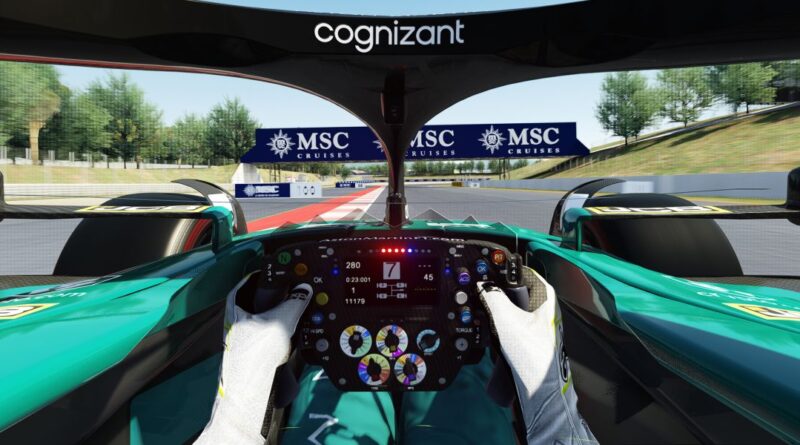The True Cost of an F1 Car – A Breakdown
Formula 1 is one of the most expensive sports in the world, with teams investing millions in developing and maintaining their cars. Despite the introduction of a budget cap, the cost of building a single F1 car remains staggering, especially compared to other forms of motorsport.
We have taken a closer look at the price of each major component that makes up an F1 car, breaking down the costs from the chassis to the engine and everything in between.
Chassis (Monocoque) – £500,000
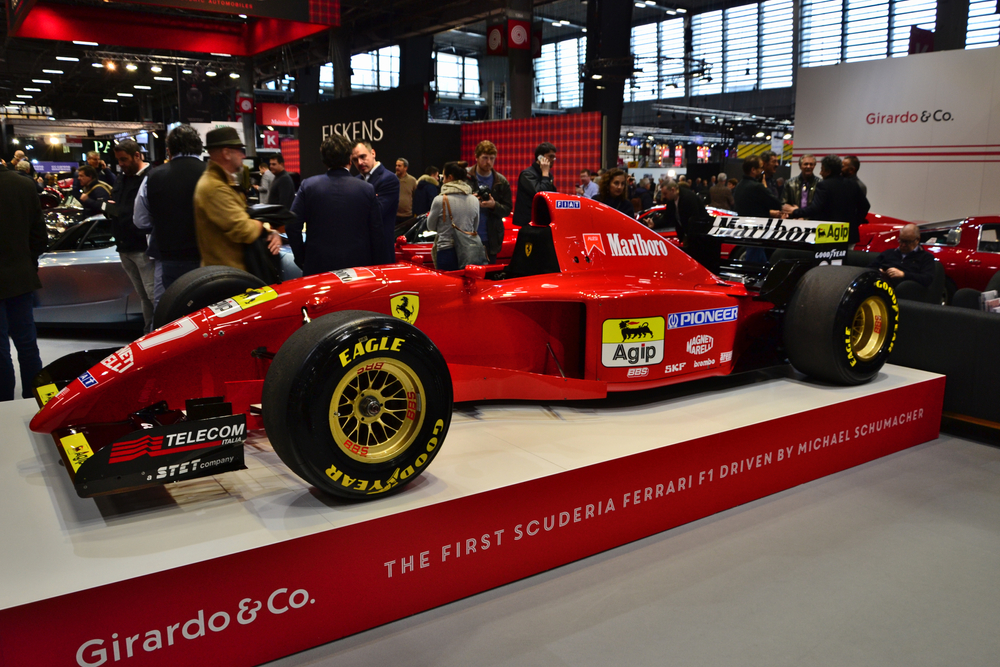
The chassis, or monocoque, is the backbone of an F1 car, designed for maximum strength and minimal weight. Constructed from 12 layers of carbon fiber, it provides a protective shell for the driver while supporting all other components.
Rear Wing and DRS – £61,000 – £108,000
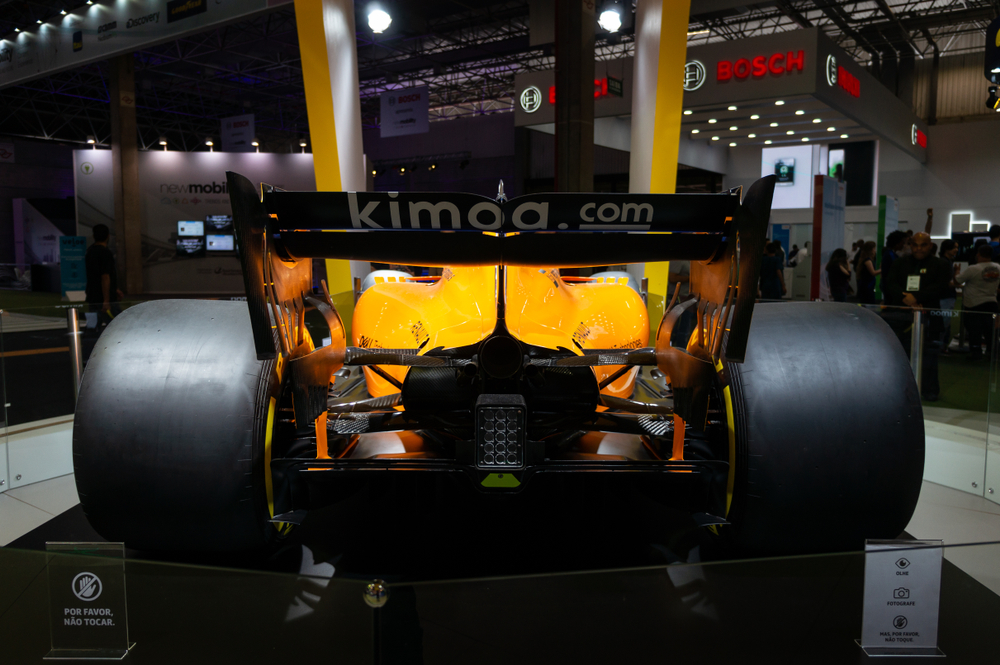
The rear wing plays a crucial role in generating downforce, ensuring stability and grip through high-speed corners. The Drag Reduction System (DRS) allows the wing to adjust, reducing aerodynamic drag and increasing straight-line speed.
Read also: The youngest players to reach 25 Champions League appearances
Front Wing and Nose Cone – £100,000
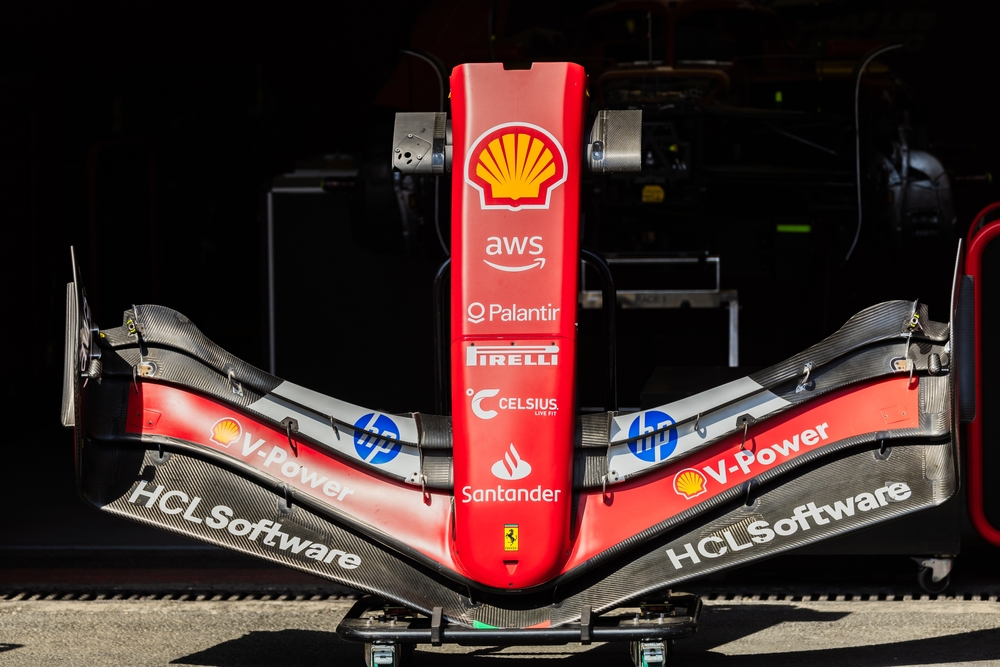
The front wing is one of the most aerodynamically intricate parts of an F1 car, responsible for directing airflow and optimizing performance. Its design has become increasingly complex, significantly raising production costs.
Halo – £12,000
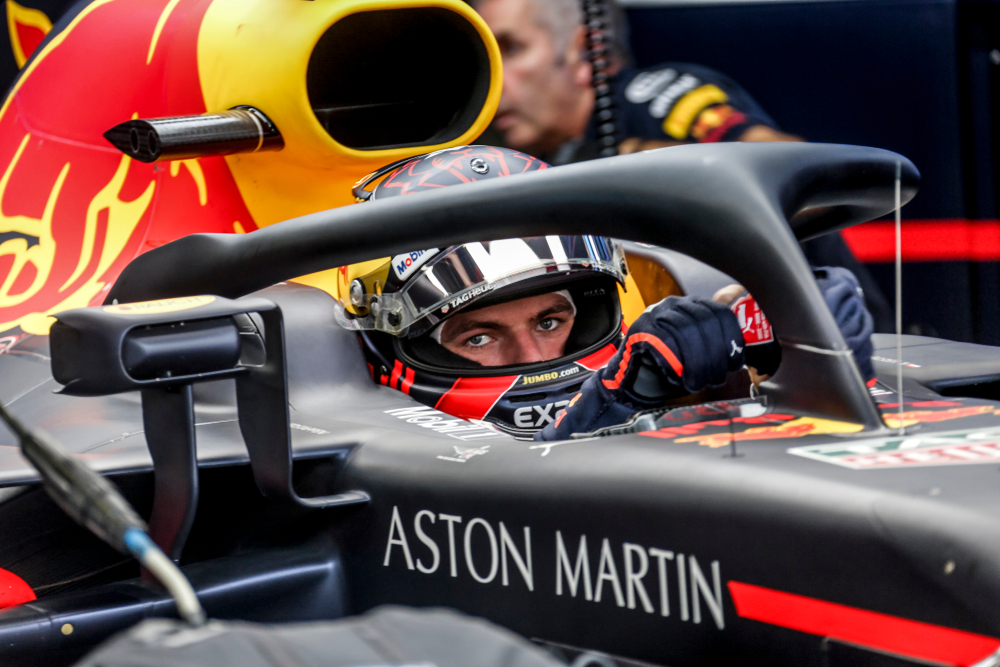
The halo is a critical safety feature designed to protect drivers from flying debris and crashes. Made from titanium, it can withstand extreme forces and has played a vital role in preventing serious injuries in recent accidents.
Floor and Bargeboards – £100,000
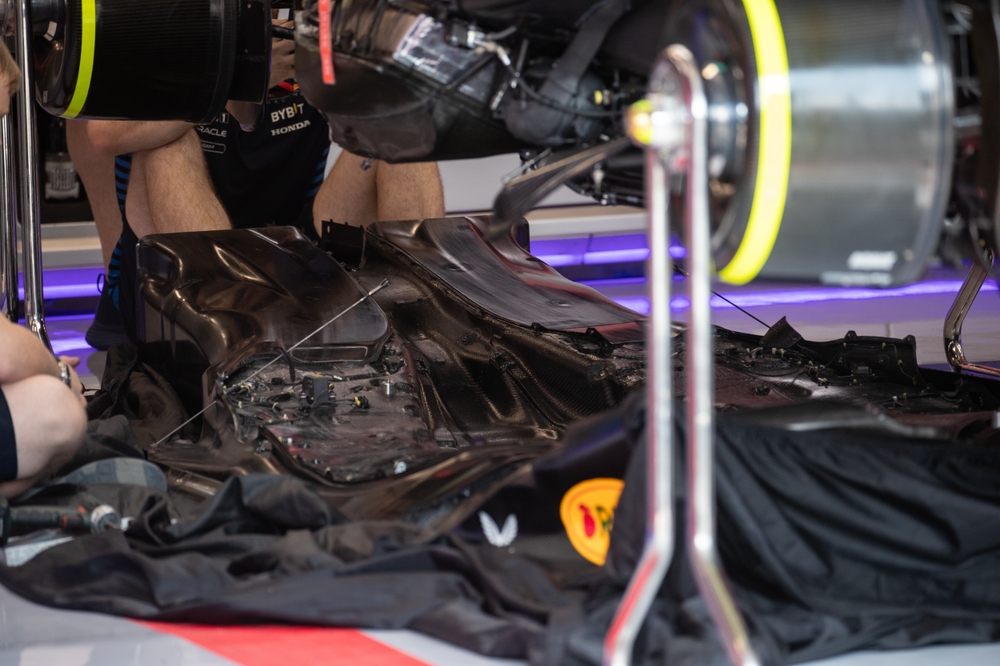
The floor is responsible for approximately 60% of a car’s downforce, making it essential for performance. The introduction of complex aerodynamic elements, such as bargeboards, has further increased development and manufacturing costs.
Engine (Power Unit) – £12.92 million
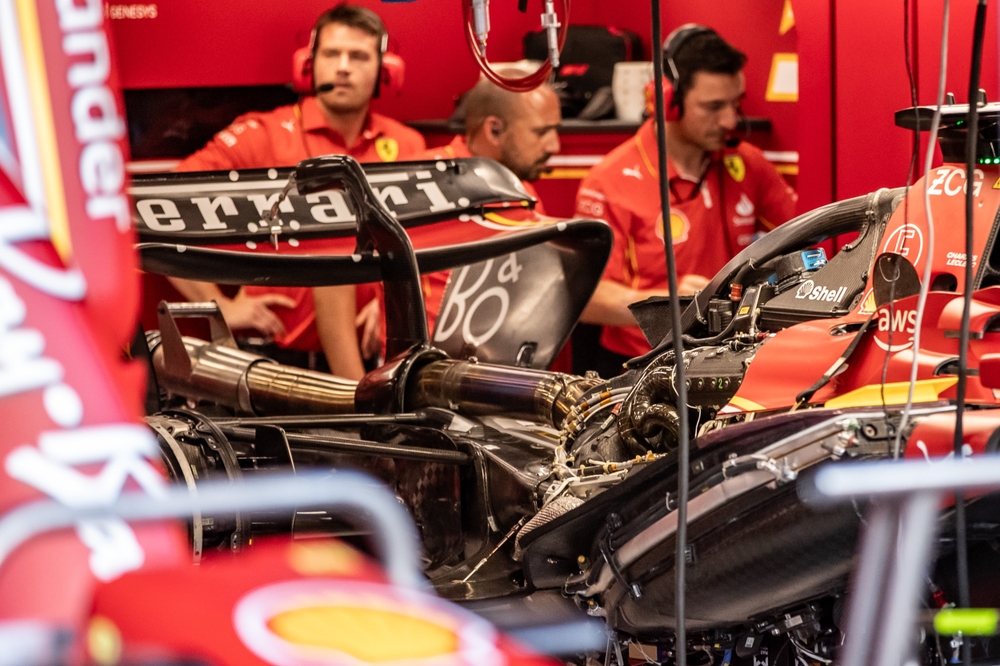
The most expensive component of an F1 car, the power unit consists of a 1.6L V6 turbo-hybrid engine and multiple energy recovery systems. Due to its complexity and the need for constant performance improvements, engine costs remain exceptionally high.
Read also: The 25 Greatest Italian Footballers of All Time - Ranked
Gearbox – £250,000
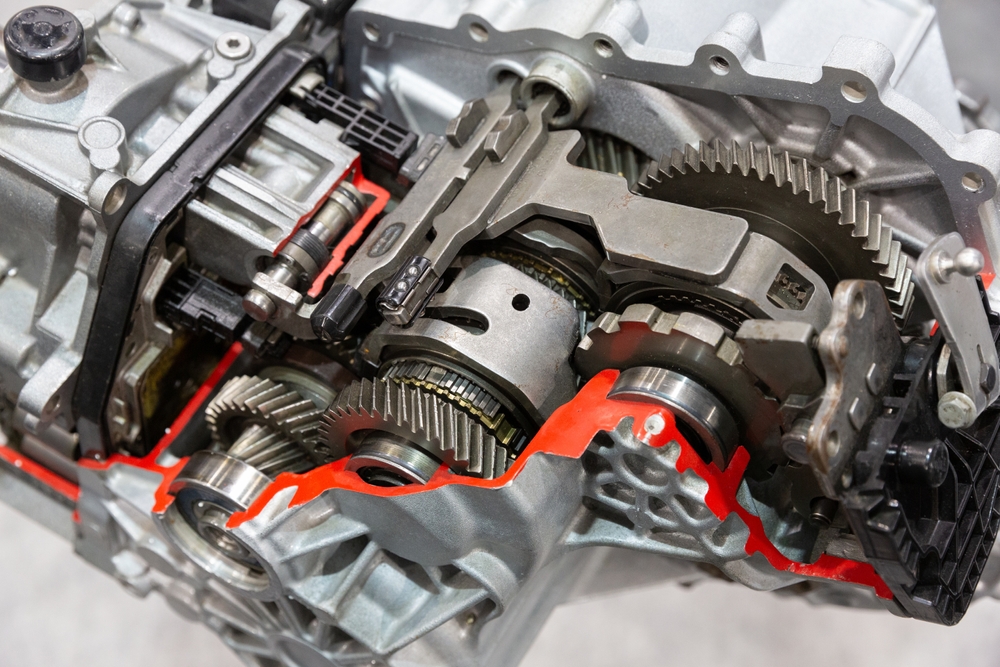
F1 gearboxes feature eight forward gears and one reverse gear, designed for seamless shifting in just milliseconds. Some teams manufacture their own gearboxes, while others source them from larger manufacturers.
Fuel Tank – £22,000
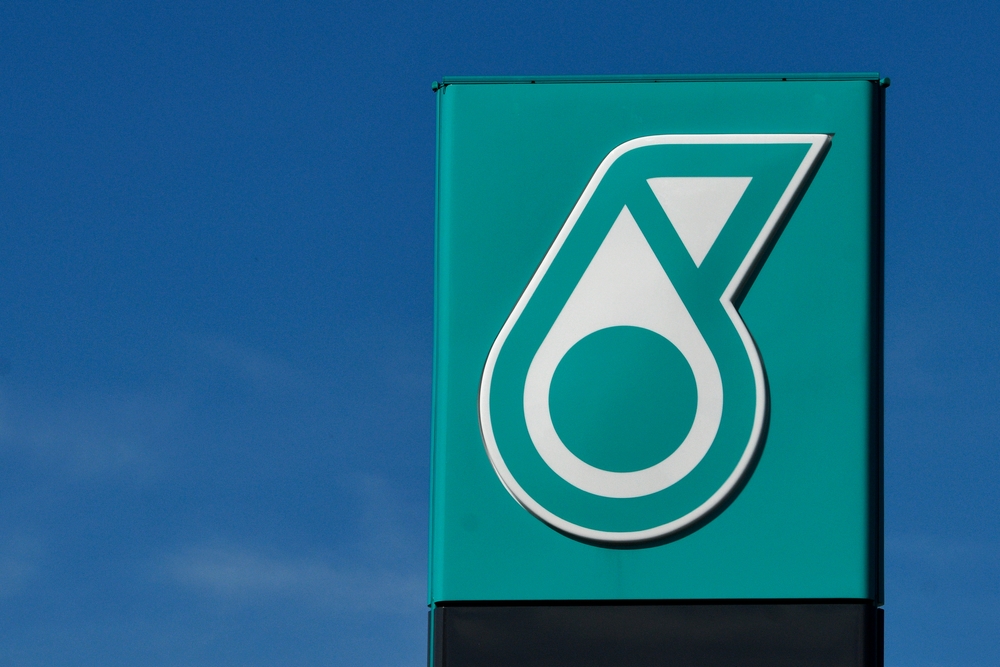
Made from polyurethane and Kevlar, the F1 fuel tank is nearly indestructible. It is designed as a flexible, ribbed bag that adapts to the available space in the chassis, ensuring safe fuel storage.
Steering Wheel – £35,000
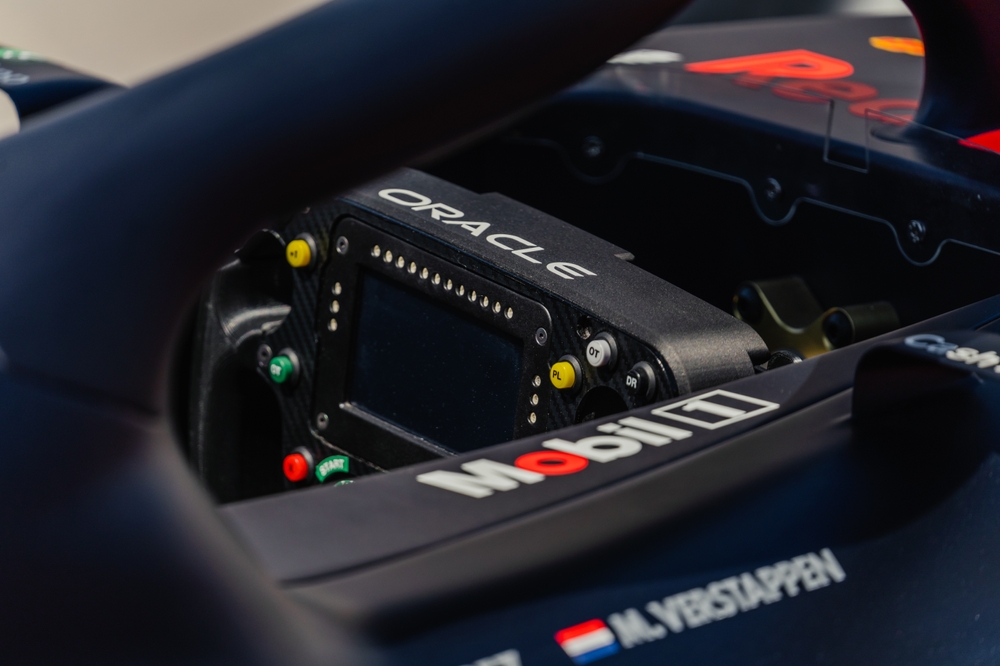
An F1 steering wheel is a highly advanced control panel featuring up to 20 buttons, nine rotary switches, and six paddles. Each wheel is custom-built for a team’s specific needs, contributing to its high price.
Hydraulic System – £123,000
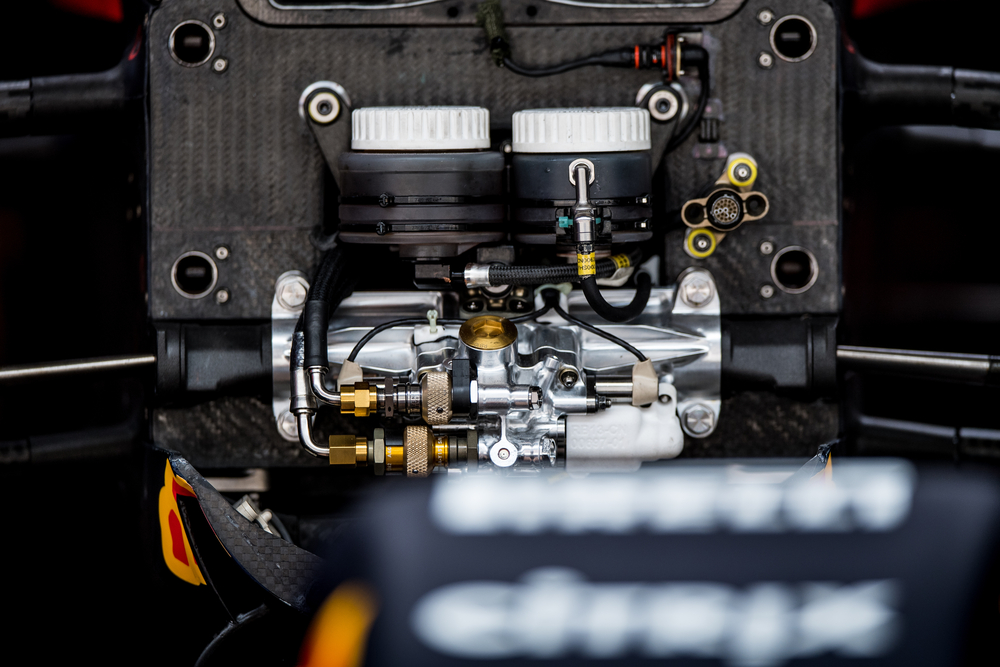
The hydraulics system controls key functions such as gear shifts, power steering, the clutch, DRS, and brake-by-wire. Its complexity makes it one of the most expensive non-aerodynamic components of an F1 car.
Read also: 10 stadiums every football fan should visit before they die
Braking System – £55,000
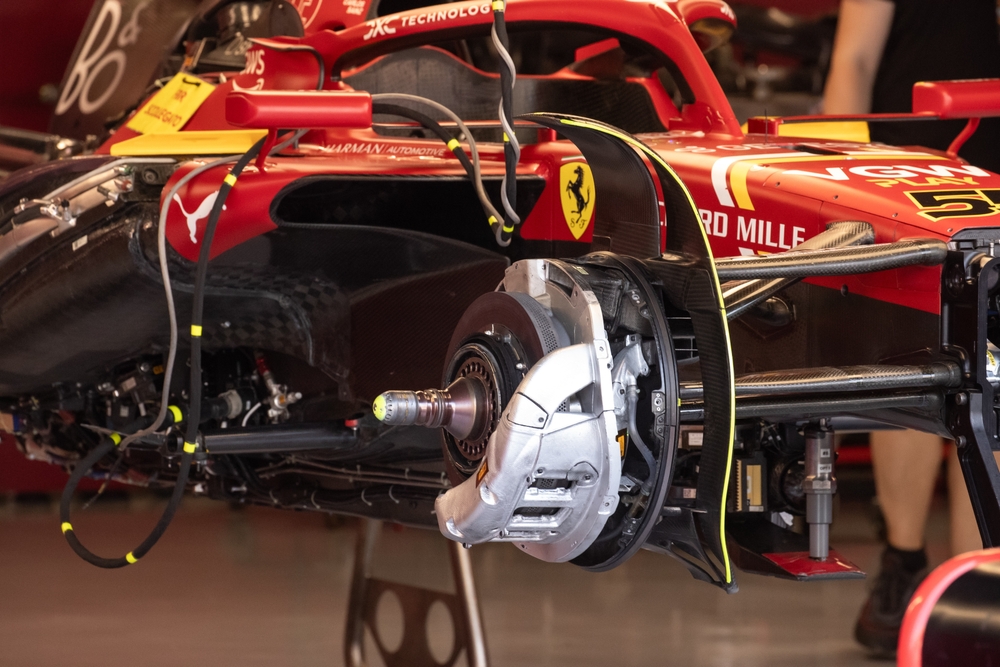
Braking components, including carbon brake discs, pads, calipers, and master cylinders, are specially designed to withstand extreme temperatures and high forces. A single brake disc can cost over £2,000, while the entire system reaches £55,000.
Tyres – £2,080 per set
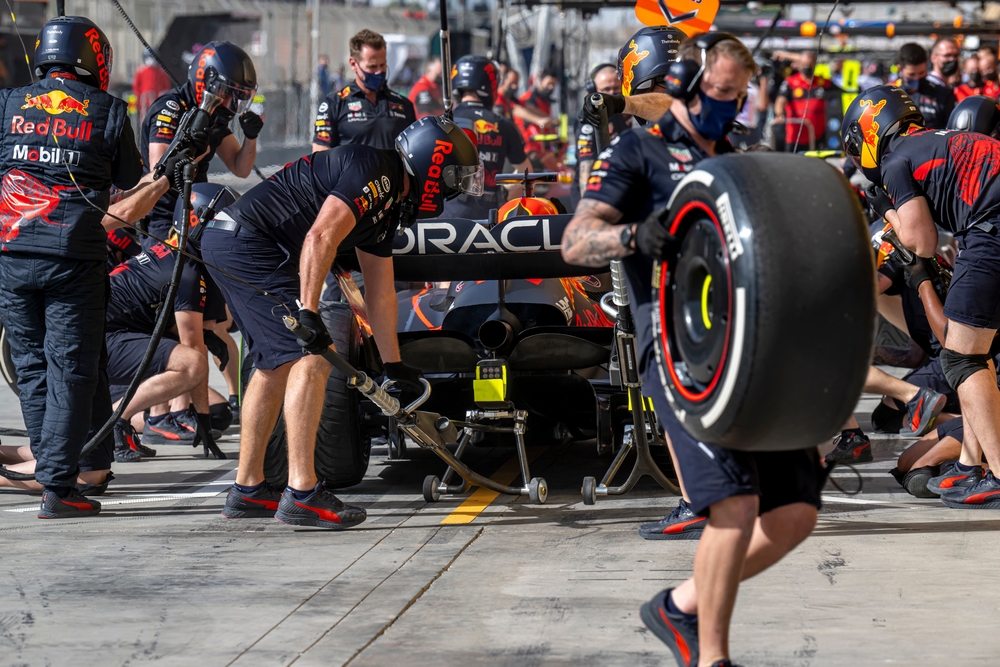
F1 tyres, supplied by Pirelli, are custom-made for maximum grip and durability. Each race weekend, teams go through multiple sets of soft, medium, hard, wet, and intermediate tyres, adding significantly to operational costs.
Additional Components – £36,000
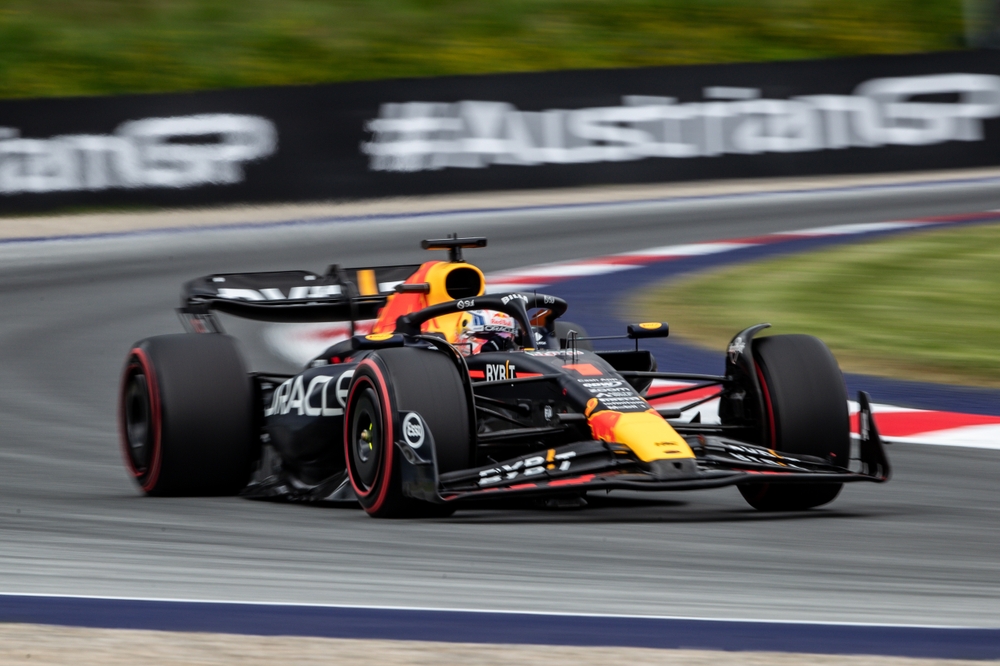
Beyond major components, several smaller parts contribute to overall costs. A chassis wiring loom costs £25,000, a driveshaft £7,000, and a single wheel bearing £1,100. These smaller elements quickly add up.
Total Cost of an F1 Car – £14.6 million
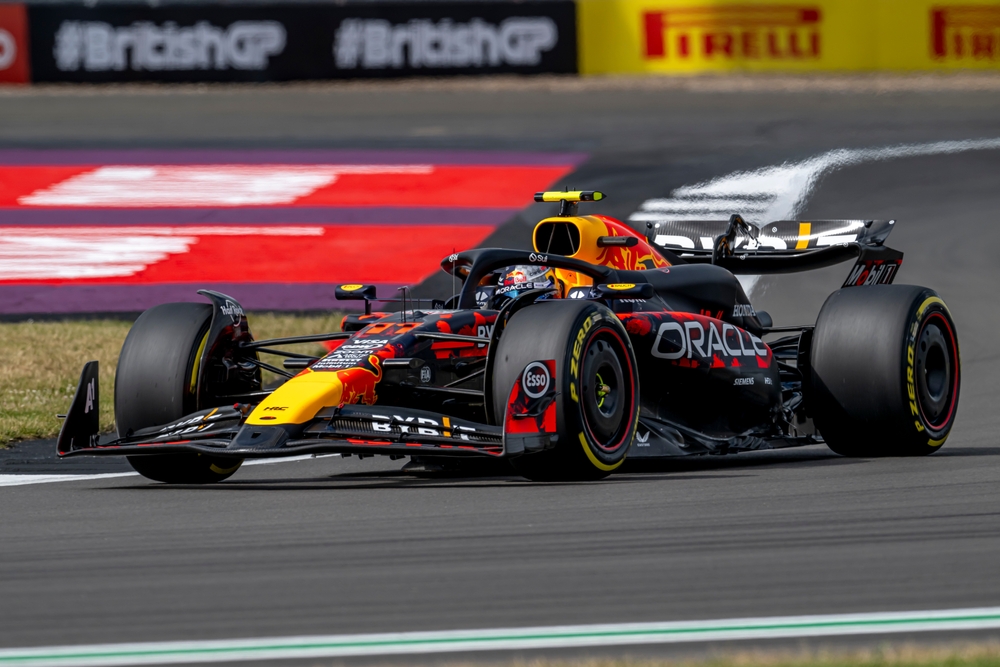
Building an F1 car requires an immense financial investment, with the total cost exceeding £14.6 million. The engine alone makes up a significant portion of this, while constant development of aerodynamics and lightweight materials continues to drive costs even higher. These figures do not even account for research and development, which further increases the price.
Read also: La Liga’s golden paycheck era: The highest-earning superstars in Spain
Budget Cap for 2025 – £106 million
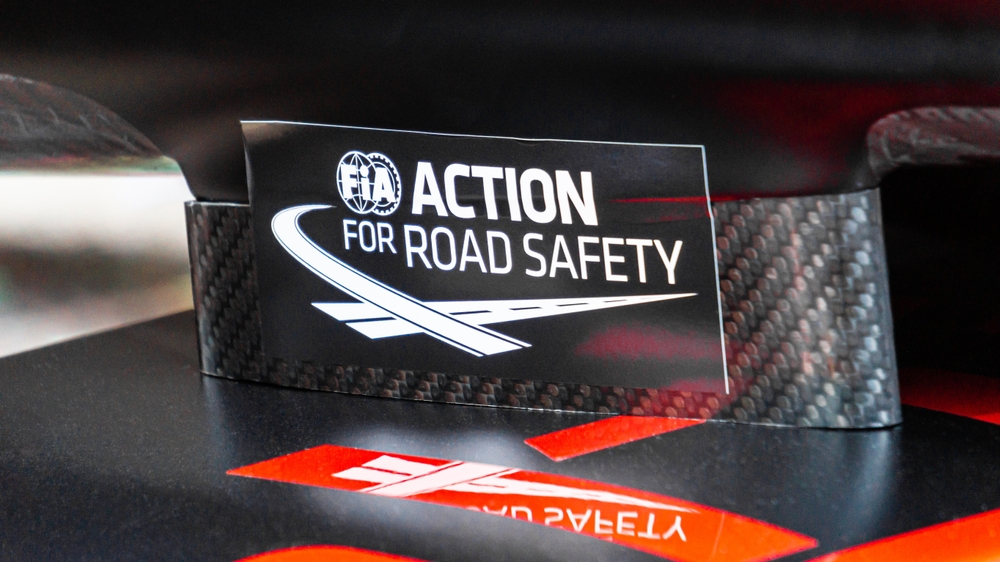
To control spending and maintain competitive balance, F1 introduced a budget cap, which is set at £106 million for the 2025 season. This cap covers car development and operational costs but excludes driver salaries and marketing expenses. Teams must now find creative ways to maximize performance within these financial limits.
Read also: The 10 Best Women’s Footballers in the World Right Now - Ranked

